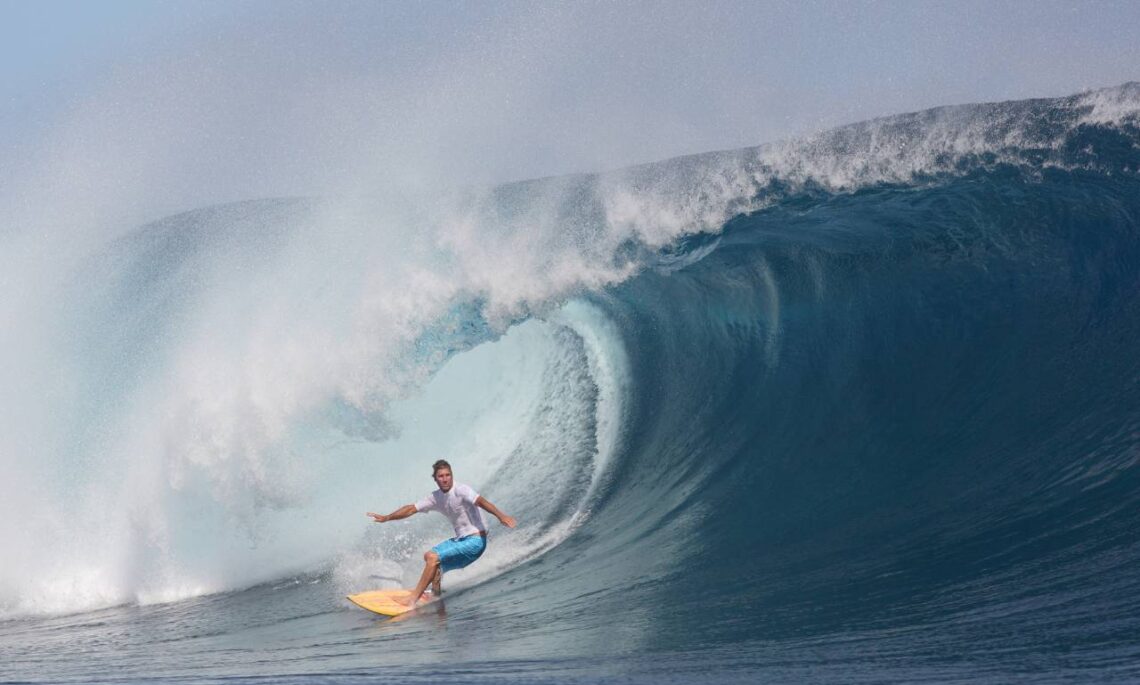
Riding the Wave of Doubt: Is Surfing Dangerous?
Ahoy, ocean enthusiast! 🌊 Ever had your heart race watching those daring souls on their surfboards, riding those massive waves? Ever wondered how they keep their cool amid all that roaring water? The question that’s probably bubbled up to the surface of your mind more than once: “Isn’t that…dangerous?” Let’s set sail and explore the thrilling yet potentially hazardous world of surfing.
Taking the First Step: What Surfing Really Entails
Surfing, for many, isn’t just about skill and balance. It’s a love story with the ocean. Every surfer knows that with every ride, they’re dancing to the ocean’s rhythm. But as with any passionate dance, sometimes there are missteps – and in the world of surfing, a misstep can mean a playful tumble or a more serious wipeout.
The Real Culprits: Everyday Surfing Hazards
Before you hang up your board (or the idea of ever getting one), let’s break down the usual suspects that give surfing its risky reputation:
- Rogue Waves: These are the ocean’s sneaky surprises. Coming out of nowhere, they can catch even the most experienced surfer off guard.
- Marine Creatures: Jellyfish, stingrays, and the occasional curious shark. While encounters are rare, they do exist. Always respect their space – after all, we’re guests in their home!
- The Board Itself: Sounds funny, right? But sometimes, your very own surfboard, if not managed correctly, can become a hazard.
The Location Game: Choosing the Right Surf Spot
Not every beach or surf spot is made equal. Some have calm, learner-friendly waves, while others boast beastly breakers that challenge even pros. Being aware of your surroundings and knowing which spots suit your skills is key.
Learn Before You Leap: Why Surfing Lessons Matter
Starting off with proper surfing lessons is like having a safety net. These lessons ensure you learn the correct techniques, get familiar with surfing etiquettes, and most importantly, understand the ocean better. And hey, while we’re on the topic, if you’re curious about how long it takes to get the hang of this awesome sport, check out this nifty article!
Gear Up: Safety Equipment to the Rescue

Don’t just rely on your board! Leashes, wetsuits, earplugs, and even helmets can become your best buddies. They not only make your surfing experience comfortable but also much safer.
The Community Connect: Bonding with Fellow Surfers
Surfing isn’t a solitary sport. The community is vibrant and ever-welcoming. Engaging with fellow surfers can keep you informed about current ocean conditions, potential hazards, and also provide the camaraderie that makes the sport even more enjoyable.
A Peek into the Stats: Surfing vs. Other Sports
For a wider perspective, while surfing does have its risks, statistically speaking, it’s safer than some other adrenaline-packed activities like mountain climbing or paragliding. The number of surfing-related mishaps is quite low compared to injuries in mainstream sports like soccer or basketball.
Is surfing considered a high-risk sport?
Surfing, often regarded as an exhilarating pursuit, undoubtedly classifies as an extreme sport. While for some, particularly those who prefer smaller waves or beaches tailored for beginners, it might not feel exceedingly risky. However, the danger escalated sharply for surfers who chase after towering waves, approach reef breaks, or battle tough sea conditions. Knowledge and preparedness are key.
Injuries in Surfing: What to Expect
Surfing, like any sport, has its share of injuries. Here are the most commonly observed:
- Cuts and abrasions: These can be the result of direct contact with the surfboard’s fins or accidental collisions.
- Sprains and strains: Intense paddling and intricate maneuvers can put strain on the shoulders and back.
- Bruises and contusions: Unexpected hits by a surfboard can leave their mark.
- Dislocations and fractures: These severe injuries often stem from dramatic wipeouts, especially in large waves.
- Ear problems: Prolonged exposure to cold water and wind can lead to conditions like a surfer’s ear.
Shark Attacks and Surfing: Separating Myth from Reality
Media channels have a tendency to magnify the threat of shark attacks, making them seem commonplace. In truth, they’re a rarity. Despite surfers spending ample time amidst waves, the likelihood of a shark encounter remains minimal. When compared statistically, routine activities (like driving) can be far riskier than a shark attack during surfing.
Steps to Safeguard Against Hazards in Surfing
Protection always comes first:
- Know the spot: Familiarizing oneself with local currents, tides, and hazards can make a world of difference.
- Stay vigilant: Constantly monitor your surroundings, looking out for fellow surfers, swimmers, and potential threats.
- Begin with basics: Start your surfing journey with smaller waves and gradually advance to bigger challenges.
- Invest in lessons: Professional guidance can be invaluable, teaching you crucial safety techniques.
- Never forget the leash: Ensuring your board remains tethered reduces risks for everyone around.
- Steer clear of crowding: Novice surfers should avoid densely populated spots to minimize accidents.
Rip Currents: Understanding and Navigating Them
Rip currents, which are fast-moving water channels flowing from the shoreline back to the ocean, have the potential to drag even the most seasoned swimmers into deep waters. Although experienced surfers sometimes leverage these currents to surpass breakers, novices should be wary. If you find yourself caught:
- Identify the rip: Typically, these areas are darker with fewer breaking waves.
- Maintain your composure: Panicking will only drain your energy. Stay afloat and signal for assistance.
- Sidestep the current: Swim parallel to the shore until you’re free from the rip, and then make your way back to the beach.
The Perils of Surfing During Storms
Surfing amidst storms or when lightning is present is a recipe for disaster. Lightning strikes can electrify vast water expanses, and turbulent weather can turn wave patterns and currents unpredictable.
A Beginner’s Handbook for Safe Surfing
Embarking on a surfing adventure? Here’s your checklist:
- Seek expertise: Enroll in lessons to get acquainted with safety practices.
- Opt for soft-top boards: Their forgiving nature can reduce injury during wipeouts.
- Choose the right location: Prioritize beginner-friendly areas and evade spots with daunting waves or fierce currents.
- Company counts: Surfing with someone can be both enjoyable and safer.
The Diverse Nature of Surf Breaks
Certain surf breaks, like reefs and point breaks, are inherently more treacherous due to underlying corals, potent currents, or the sheer force of waves. Always do your homework and seek local insights before venturing into unfamiliar territories.
The Value of the Buddy System in Surfing
Having a companion while surfing isn’t just about companionship; it’s a safety net. In emergencies, from muscle cramps to severe injuries, a nearby friend can be a lifesaver.
Reef Breaks: Beauty and Danger Combined
Reef breaks are captivating spots where waves crash over corals or rocky formations. They promise thrilling rides but are not without perils:
- Skin and bone injuries: Falling on reefs can have dire consequences.
- Powerful waves: Their unpredictable nature demands respect and skill.
- Shifting depths: The swift transition from deep to shallow waters heightens the risk of bottom collisions.
In Conclusion: Deciphering Surfing’s Risky Charm
At the end of our voyage, here’s the takeaway: Life is chock-full of risks. Whether you’re crossing the street or riding a wave, there’s always a hint of danger. But with surfing, by arming yourself with knowledge, preparation, and respect for the mighty ocean, you tilt the scales in favor of thrill over threat.
Ready to take the plunge? Remember, every pro surfer started as a beginner. Embrace the journey, respect the sea, and ride your wave! 🤙🌊



